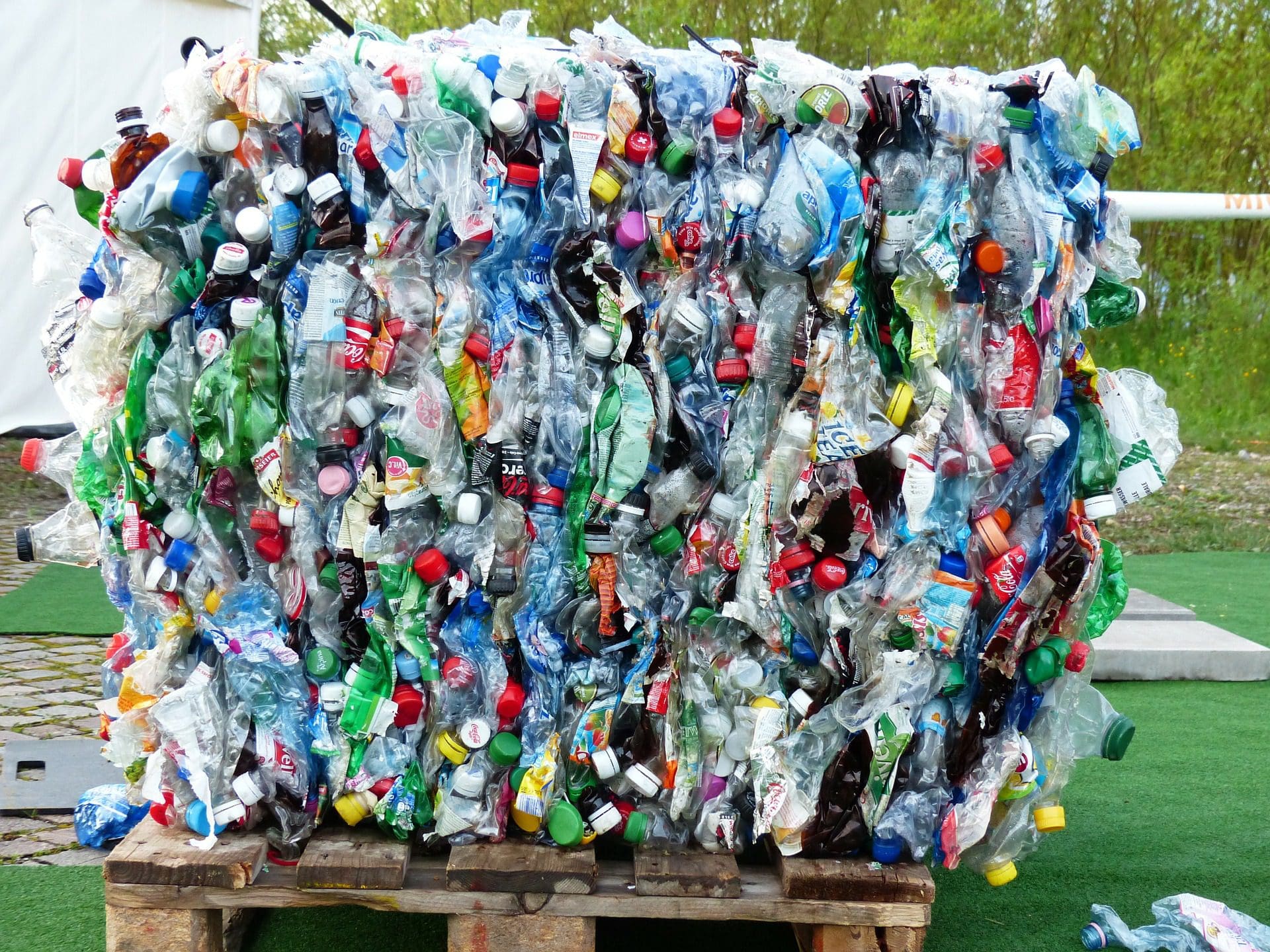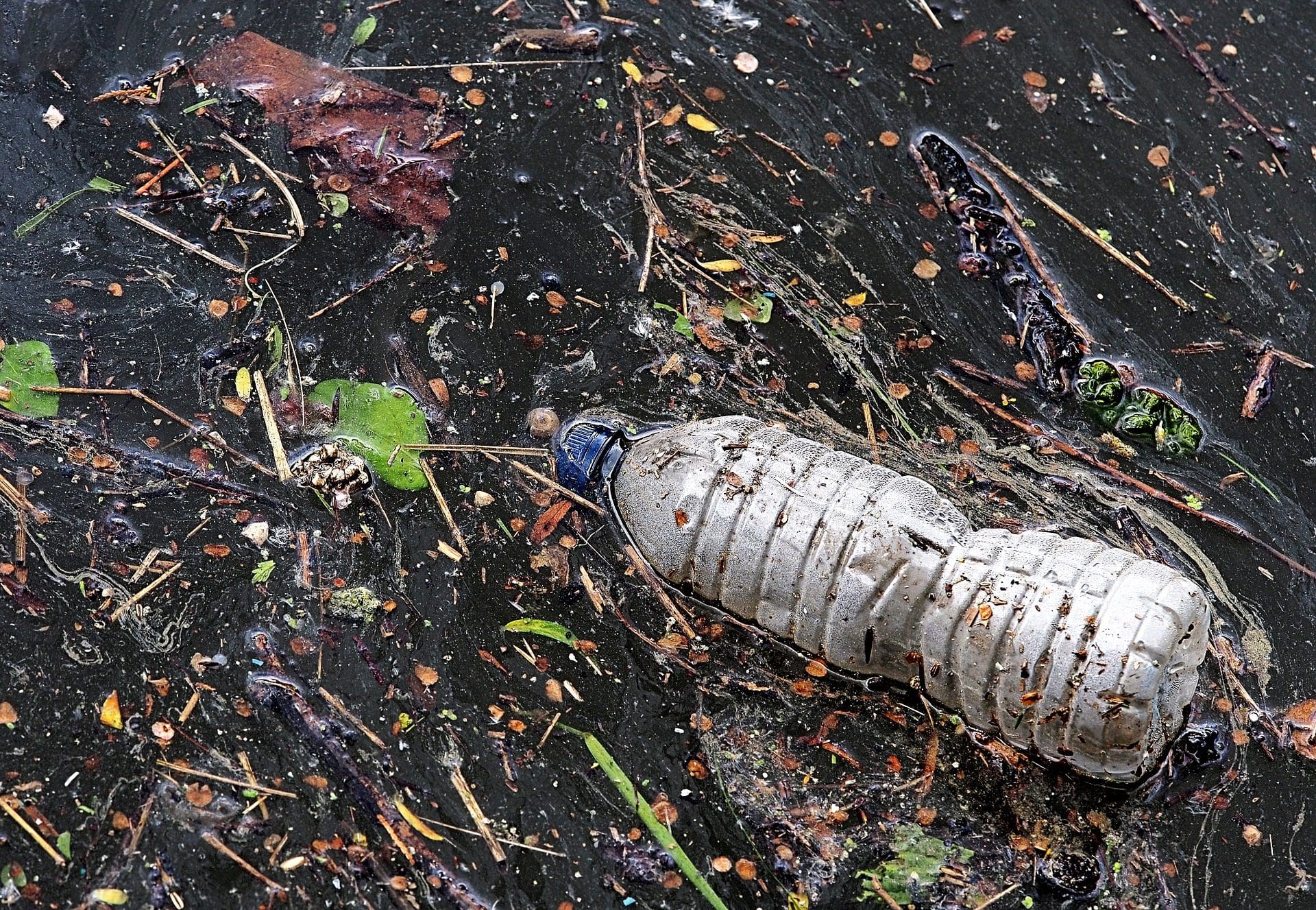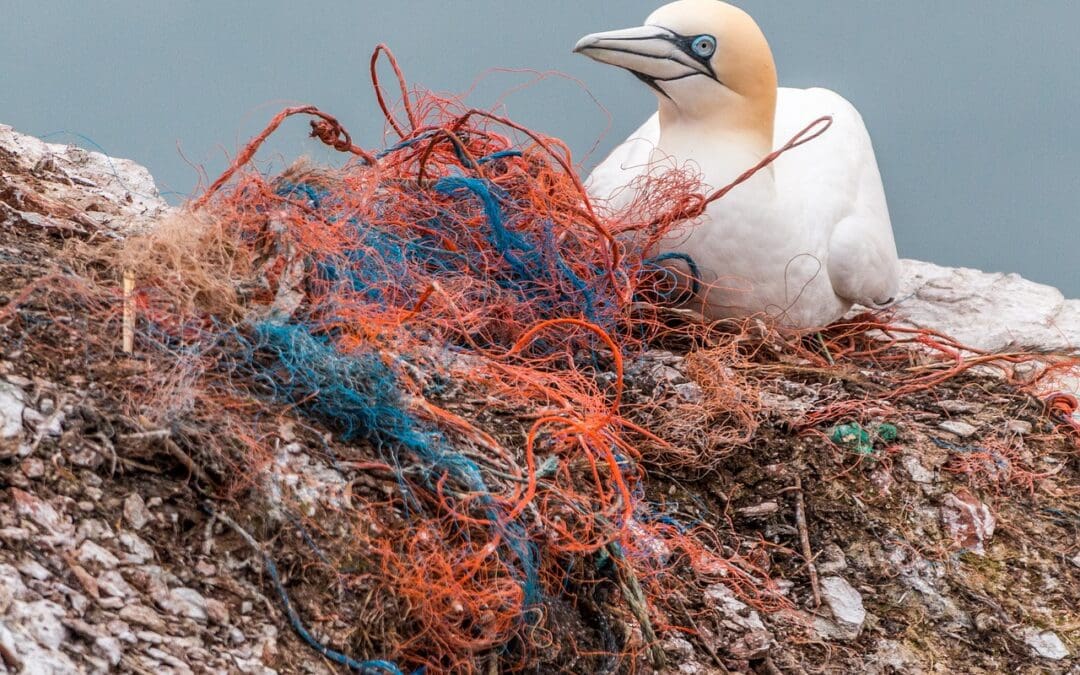Management of plastic waste presents a major environmental challenge. Single-use plastic production has increased dramatically over the past 75 years, and as we know, plastic doesn’t decompose. So, where does it go? And what do we do with the ever-increasing amounts of plastic produced every year? Management of plastic waste happens in three major ways:
- disposal into landfills and oceans
- incineration
- recycling
“Of the 49,000 tons of plastic produced in the US since 1950, 60% has entered landfills and oceans, 12% has been burned, and only 9% recycled. This 60% represents plastic we can potentially ingest.” -Ciel.org
Recycling Plastic
Recycling, often toted as the answer to the overwhelming plastic waste issue, comes with its own set of negative effects. The process of recycling plastics containing toxic chemicals leads to re-release of the same problematic compounds which then find their way into the air, water, and soil. Using these materials to package food or beverages also leads to human consumption of microplastics and associated chemicals through leaching. For more detail on this process, refer to Part 4: Plastic in Tap & Bottled Water
Incinerating Plastic
Exposure to incinerated plastic causes respiratory disorders, particularly in the elderly, and children, while disproportionately affecting fenceline communities.
“Incineration may seem like a viable quick-fix, with “waste-to-energy” or “plastic-to-fuel” promising not only to reduce the volume of waste, but also to generate energy. The nature of all incineration technologies is the same, however, as that of burning waste in an open area (open burning). Incineration and open burning turns one form of waste into other forms of waste, including toxic emissions and toxic ash.” -Ciel.org
Emissions from waste incineration include:
- Heavy metals including mercury, lead, and cadmium.
- Polycyclic aromatic hydrocarbons (PAHs), a class of chemicals that occur naturally in coal, crude oil, and gasoline, the same sources as plastic.
- Volatile Organic Compounds (VOCs)
- Persistent Organic Pollutants (POPs) such as polychlorinated dibenzofurans (PCDF), PCBs, and hexachlorobenzene (HCB), acid gases (including sulphur dioxide and hydrogen chloride), particulates (dust and grit), nitrogen oxides, carbon monoxide, and carbon dioxide (CO2).
Plastic and Water
- Americans used 50 billion single-use plastic bottles in 2018.
- Beverage Bottles account for 12% of unrecycled plastic products.
- Bottle Caps account for 17% of unrecycled plastic products.
Over 8 million tons of plastic go into the ocean every year. Some of this plastic has been pushed together by ocean currents to create a “plastic island” in the Pacific Ocean, and smaller plastic masses in oceans worldwide.
The giant accumulation of plastic called the Great Pacific Garbage Patch contains at least 79,000 tons discarded plastic, and as a result it covers an area of about 617,800 square miles (1.6 million square kilometers), according to a study published Thursday in Scientific Reports.
Degradation is extremely slow, so this massive amount of plastic wastes creates ongoing environmental exposure affecting soil, fish, and (you guessed it!) water. It reduces in size to micro and nano-sized particles, without ever fully degrading. This is why scientists have discovered high rates of microplastics, microfibers, and nano-plastics in our water supply.
How FreshPure Waters Impacts the Plastic Crisis
Small plastic particles are ubiquitous throughout the environment and water supply. These tiny particles are separated into two sizes:
- micro: 100 nm to 5 mm
- nano: less than 100 nm
FreshPure Waters reverse osmosis (RO) technology is hyper-filtration, which means it removes sub-nano sized particles, down to 1000th of a micron. Third-party lab tests confirm that our water is plastic free.
Our Green Mission
The only solution is to move away from single-use plastic. This is where FreshPure Waters comes into the picture: Available at health foods stores nationwide, FreshPure Waters removes plastic from your local water supply. And, the #BYOBottle model makes sure that we are not adding plastic to the waste stream. Truly, FreshPure Waters is part of the solution at every stage of the way.
What YOU Can Do
 You can directly impact management of plastic waste by reducing your personal single-use plastic consumption.
You can directly impact management of plastic waste by reducing your personal single-use plastic consumption.
- Research Green companies and become a customer.
- Switch to beeswax wrappers instead of plastic wrap.
- Use glass containers for food storage.
- Bring your own produce and grocery bags.
- And our favorite: Bring Your Own Bottle.
Every year, FreshPure Waters keeps hundreds of millions of single-use water bottles from being thrown away. This number grows as our customers realize FreshPure Waters is where the environment and clean, plastic-free drinking water intersect.
For more ideas on how to reduce your plastic use, check out our post: Just Say No to Single-Use Plastic: 6 Simple Lifestyle Tips
